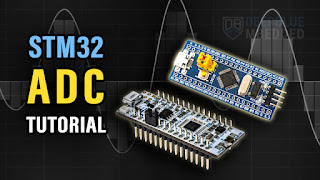What are registers, ALU, and control unit in a microprocessor?
In a microprocessor, the main functional blocks work together to process data and instructions. The registers, ALU (Arithmetic Logic Unit), and control unit are core components that make this possible.
1. Registers
Registers are small, high-speed memory units inside the microprocessor.
Purpose:
-
Temporarily store data, addresses, or instructions during execution
-
Provide fast access compared to main memory
Types:
| Type | Function |
|---|---|
| General-purpose | Store operands and intermediate results |
| Special-purpose | Used for specific tasks (e.g., accumulator, flags) |
| Program Counter (PC) | Holds address of the next instruction |
| Stack Pointer (SP) | Points to top of the stack memory |
| Status Register / Flags | Stores results of ALU operations (e.g., zero, carry, overflow) |
2. ALU (Arithmetic Logic Unit)
The ALU is the part of the processor that performs mathematical and logical operations.
Functions:
-
Arithmetic: Add, subtract, multiply, divide
-
Logic: AND, OR, NOT, XOR
-
Comparison: Greater than, equal, less than
-
Sets flags (e.g., zero, carry, negative) based on the result
Example:
To compute A + B, the microprocessor:
-
Loads A and B into registers
-
Sends them to the ALU
-
ALU computes the result
-
Stores the result in another register
3. Control Unit
The Control Unit (CU) acts like the orchestrator of the microprocessor.
Functions:
-
Fetches instructions from memory (via Program Counter)
-
Decodes the instruction to determine the operation
-
Controls data flow between ALU, registers, and memory
-
Sends control signals to other parts of the CPU (like "Read", "Write", "Execute")
Example:
If the instruction is ADD A, B:
-
CU fetches the instruction
-
Decodes it to understand it's an addition
-
Sends control signals to:
-
Read values from registers A and B
-
Perform addition in ALU
-
Store result back into a register
-
Summary Table:
| Component | Role | Example Task |
|---|---|---|
| Registers | Temporary data storage | Store operands and results |
| ALU | Performs arithmetic & logic | Compute A + B |
| Control Unit | Directs all operations | Fetch and execute instructions |
Together, these units form the CPU’s core—fetching, decoding, executing, and managing data during program execution.




评论
发表评论